Themed collection Crystal growth of nanomaterials

Crystal growth of nanomaterials
Georg Garnweitner, Kwangyeol Lee and Dongfeng Xue introduce the CrystEngComm themed issue on the crystal growth of nanomaterials.

CrystEngComm, 2021,23, 7874-7875
https://doi.org/10.1039/D1CE90142G
Crystal engineering of nanomaterials: current insights and prospects
Nanocrystal engineering has evolved into a dynamic research area over the past few decades but is not properly defined. Here, we present select examples to highlight the diverse aspects of crystal engineering applied on inorganic nanomaterials.
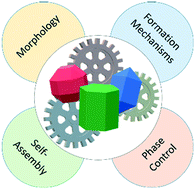
CrystEngComm, 2021,23, 7916-7927
https://doi.org/10.1039/D1CE00601K
Spin crossover crystalline materials engineered via single-crystal-to-single-crystal transformations
This highlight illustrates the latest crystalline materials engineered via SCSC transformations, with emphasis on the onset and progress of spin crossover in a crystal control.
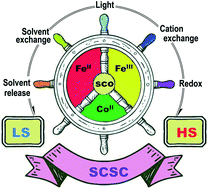
CrystEngComm, 2021,23, 7899-7915
https://doi.org/10.1039/D1CE00234A
Colloidal chemical bottom-up synthesis routes of pnictogen (As, Sb, Bi) nanostructures with tailored properties and applications: a summary of the state of the art and main insights
Adjusting the colloidal chemistry synthetic parameters for pnictogen nanostructures leads to a fine control of their physical properties and the resulting performance in applications. Image adapted from Slidesgo.com.
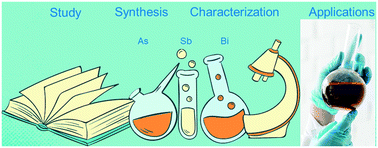
CrystEngComm, 2021,23, 7876-7898
https://doi.org/10.1039/D0CE01766C
Cyanogroup functionalized sub-2 nm ultrafine Pt nanonetworks reinforce electrocatalytic hydrogen evolution in a broad pH range
Cyanogroup functionalized Pt ultrafine nanonetworks are synthesized via a facile one-pot oil bath heating method, and exhibit excellent HER performance in a broad pH range.

CrystEngComm, 2021,23, 7932-7937
https://doi.org/10.1039/D1CE00796C
Graphene-induced growth of Co3O4 nanoplates with modulable oxygen vacancies for improved OER properties
Graphene-induced growth of Co(OH)2 nanoplates from Co3O4 nanospheres was reported, showing an ultralow overpotential of 240 mV at 10 mA cm−2 and a Tafel slope of 107.8 mV dec−1.
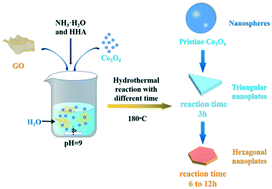
CrystEngComm, 2021,23, 7928-7931
https://doi.org/10.1039/D1CE00255D
Rapid synthesis of Cu2O hollow spheres at low temperature and their catalytic performance for the decomposition of ammonium perchlorate
A simple and efficient strategy for synthesizing high-performance crystalline catalyst Cu2O hollow spheres with a large specific surface area was demonstrated.
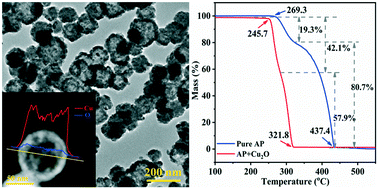
CrystEngComm, 2021,23, 7985-7993
https://doi.org/10.1039/D1CE00663K
PtPdCu cubic nanoframes as electrocatalysts for methanol oxidation reaction
PtPdCu cubic nanoframes with unique open architecture exhibit excellent electrocatalytic performances toward methanol electrooxidation.

CrystEngComm, 2021,23, 7978-7984
https://doi.org/10.1039/D1CE00710F
Surface-directed ZnGa2O4 and β-Ga2O3 nanofins coated with a non-polar GaN shell based on the Kirkendall effect
Transformation of laterally grown ZnO nanofins by replacing Zn with Ga via the “Kirkendall Effect”.

CrystEngComm, 2021,23, 7955-7962
https://doi.org/10.1039/D1CE00744K
Phase evolution of Cu2ZnSnS4 (CZTS) nanoparticles from in situ formed binary sulphides under solvothermal conditions
Cu2ZnSnS4 (CZTS) nanocrystals form both by direct nucleation and growth and by conversion of binary sulphides into the quaternary phase via internal recrystallization processes.
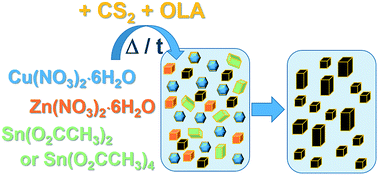
CrystEngComm, 2021,23, 7944-7954
https://doi.org/10.1039/D0CE01566K
Temperature-dependent crystallization of Cu2O rhombic dodecahedra
Size and shape uniformity of nanomaterials are extremely important for their applications in batteries, supercapacitors, catalysis, etc.
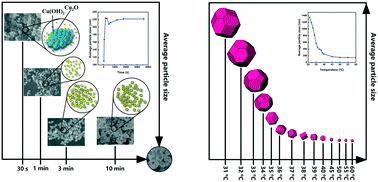
CrystEngComm, 2021,23, 7970-7977
https://doi.org/10.1039/D1CE00273B
Effects of growth substrate on the nucleation of monolayer MoTe2
Choice of growth substrate is shown to have a significant effect on the conversion of ALD grown molybdenum oxide to monolayer 2H molybdenum ditelluride.

CrystEngComm, 2021,23, 7963-7969
https://doi.org/10.1039/D1CE00275A
Generality of liquid precursor phases in gas diffusion-based calcium carbonate synthesis
We confirm the presence of liquid calcium carbonate precursor species in absence of additives in gas diffusion systems.
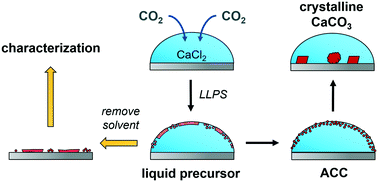
CrystEngComm, 2021,23, 7938-7943
https://doi.org/10.1039/D1CE00225B
Synthesis of ultrathin metal oxide and hydroxide nanosheets using formamide in water at room temperature
Here, 6 different ultrathin (<5 nm) 2D metal oxides and hydroxides have been successfully synthesized via a simple precipitation route in formamide aqueous solution at room temperature.
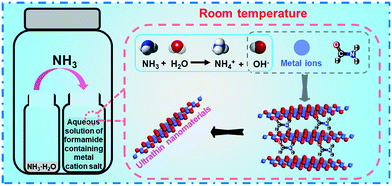
CrystEngComm, 2021,23, 3794-3801
https://doi.org/10.1039/D1CE00277E
About this collection
This themed issue is focused on recent advances on the understanding and control of crystal growth mechanisms and processes of nanomaterials. It is guest-edited by Professor Georg Garnweitner (Technische Universität Braunschweig), Professor Kwangyeol Lee (Department of Chemistry, Korea University) and Professor Dongfeng Xue (Multiscale Crystal Materials Research Center, Shenzhen Institute of Advanced Technology, Chinese Academy of Sciences).